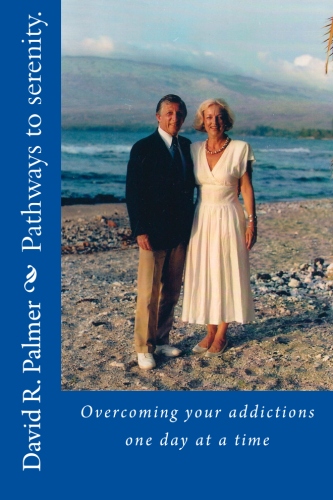By Tom Catton
A Memoire of the Awakening of a Spirit
Central Recovery Press
Available on Amazon or at Barnes and Noble
Tom Catton, 71, a one-time “smack addled” blond surfer, shot up drugs daily when he was in his twenties, quit drinking and drugging at age 31 and has been clean and sober for 40 years.
Catton has written a book about his recovery, which qualifies him as a serious addict, and offers a recipe for success which includes strict adherence to AA’s 12-Step program, aggressive sponsorship and eastern-style meditation. Think Buddhist.
Like most testimonials by recovering people, Catton offers us a good yarn with interesting characters, lots of trials and tribulations, photogenic locales and a happy ending.
Catton lives on the Big Island of Hawaii and spent most of his life in the Islands or in California. It was in Hawaii in 1968, Catton writes, that he met, “Flobird,” a recovering addict who had rededicated her life to serving others.
The mystical and selfless Flobird rescued the floundering surfer, Catton, and set him on a path to recovery that really never wavered.
When they met, “Flobird” had about eight years of sobriety and was living on the island of Oahu helping out with a half-way house. She had also started one of the first 12-Step meetings on the north shore of the island.
Catton, irresistibly drawn to the charismatic Flobird, was for his part, shooting coke and heroin every day. And it wasn’t pretty.
“I was so hopeless,” he says, “other addicts didn’t want me around. I knew I had the disease of addiction, but I didn’t know how to surrender.”
With Flobird’s influence, he finally found a way.
“Ultimately,” he says in the book, “I cried out to God, ‘if you are real, help me now!’”
And on that day in 1972, it happened and without pain.
“Coming off drugs I experienced no withdrawal symptoms, and the obsession to use has never returned.
“I was actually high off not getting high,” he says.
Sustaining this high, Catton says, involves being with others and serving others.
“We cannot do it alone. Once an addict can come to this simple realization and basic admission, countless miracles occur.
“And always our motivation must be to stay clean and serve others.”
Service is the key, Catton says, and “Flobird taught me that when we speak of being of service we are really whispering the secret of life.
“You’re making spiritual progress when you wake up and your very first thought is ‘what can I do for someone else today.’ That is being with God. It’s that simple, that beautiful.”
While faithful to the principals of the 12-Step program of AA, Catton continues to be drawn to eastern religions, principally Buddhism, and part of his recovery is based upon daily meditations and frequent retreats for deeper meditation.
“There are rock-and-roll groupies and movie star groupies, groupies for this and groupies for that,” Catton says. ”If I were a groupie it would be for holy people in holy places.”
Like the Dali Lama and Mother Theresa.
Catton speaks of “his holiness the Dalai Lama” coming to the Big Island of Hawaii in 1994 and giving a talk at Wood Valley Buddhist temple, during which time he also blessed Catton. He also describes an event that impacted him greatly.
“He (the medium) was sitting against the background of a typically ornate and colorful Tibetan altar with golden Buddha’s, gongs, and huge incense holders. I knelt down in front of him and he started moving the instrument over my head. All of a sudden vibrations of energy started moving through me, and I started crying.”
Periods of meditation to calm the mind, body and soul are a good thing, of course, and Catton’s extensive exploration of the possibilities, which appear to have served him well, are worth considering.
But what is most reassuring about Catton’s program of recovery is his active belief in sponsorship, the 12steps and his recognition that “it is not about me. ”




